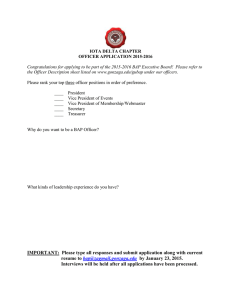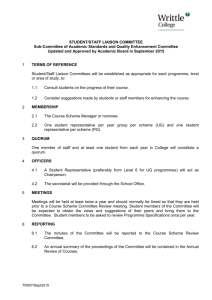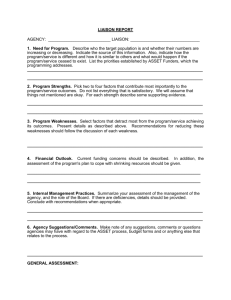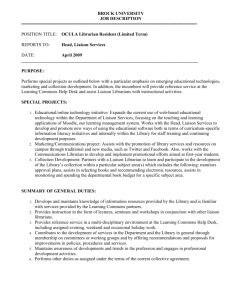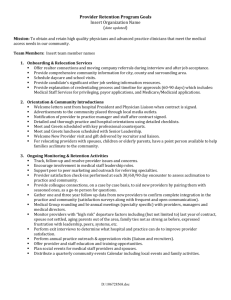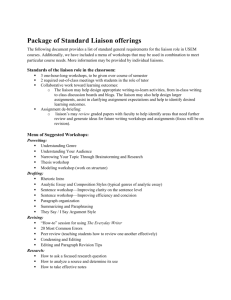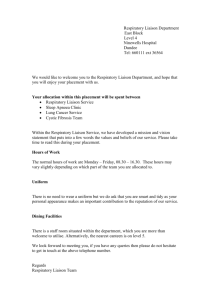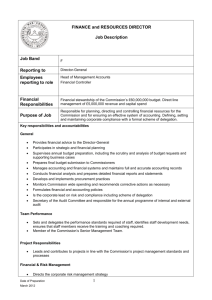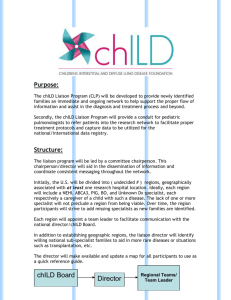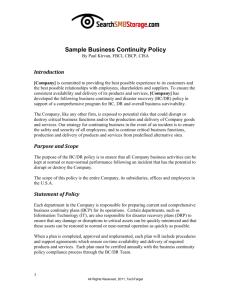Introduction
advertisement
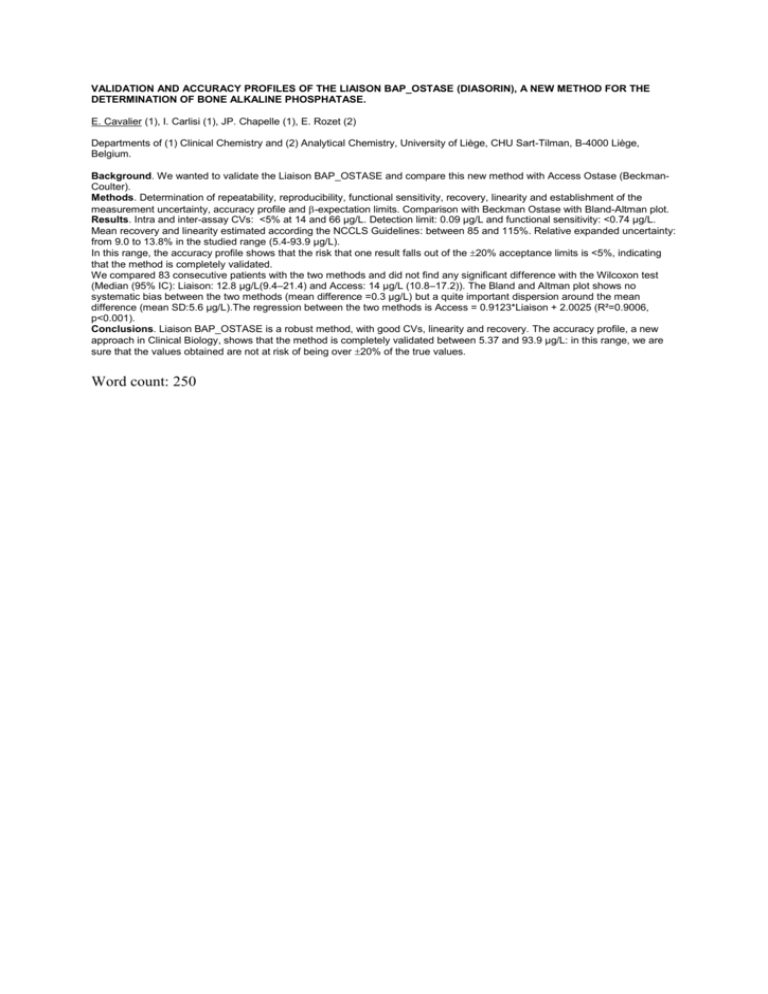
VALIDATION AND ACCURACY PROFILES OF THE LIAISON BAP_OSTASE (DIASORIN), A NEW METHOD FOR THE DETERMINATION OF BONE ALKALINE PHOSPHATASE. E. Cavalier (1), I. Carlisi (1), JP. Chapelle (1), E. Rozet (2) Departments of (1) Clinical Chemistry and (2) Analytical Chemistry, University of Liège, CHU Sart-Tilman, B-4000 Liège, Belgium. Background. We wanted to validate the Liaison BAP_OSTASE and compare this new method with Access Ostase (BeckmanCoulter). Methods. Determination of repeatability, reproducibility, functional sensitivity, recovery, linearity and establishment of the measurement uncertainty, accuracy profile and -expectation limits. Comparison with Beckman Ostase with Bland-Altman plot. Results. Intra and inter-assay CVs: <5% at 14 and 66 µg/L. Detection limit: 0.09 µg/L and functional sensitivity: <0.74 µg/L. Mean recovery and linearity estimated according the NCCLS Guidelines: between 85 and 115%. Relative expanded uncertainty: from 9.0 to 13.8% in the studied range (5.4-93.9 µg/L). In this range, the accuracy profile shows that the risk that one result falls out of the 20% acceptance limits is <5%, indicating that the method is completely validated. We compared 83 consecutive patients with the two methods and did not find any significant difference with the Wilcoxon test (Median (95% IC): Liaison: 12.8 µg/L(9.4–21.4) and Access: 14 µg/L (10.8–17.2)). The Bland and Altman plot shows no systematic bias between the two methods (mean difference =0.3 µg/L) but a quite important dispersion around the mean difference (mean SD:5.6 µg/L).The regression between the two methods is Access = 0.9123*Liaison + 2.0025 (R²=0.9006, p<0.001). Conclusions. Liaison BAP_OSTASE is a robust method, with good CVs, linearity and recovery. The accuracy profile, a new approach in Clinical Biology, shows that the method is completely validated between 5.37 and 93.9 µg/L: in this range, we are sure that the values obtained are not at risk of being over 20% of the true values. Word count: 250
